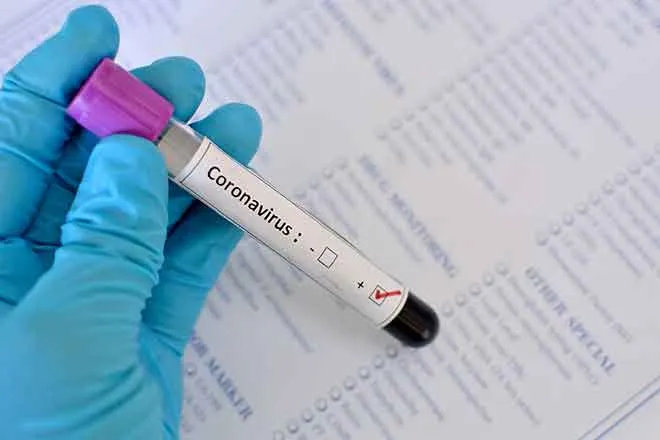
Colorado health agency warns of danger of toxic algae
(The Center Square) – Although algae grows naturally, the Colorado Department of Public Health and Environment issued a reminder of the danger of toxic algae blooms in the state’s lakes and ponds.
Blue-green algae, or cyanobacteria, naturally occurs as microscopic organisms. However, if these algae overgrow, bloom or produce poisons, they can harm humans and pets. Laboratory testing or test strips are necessary to confirm toxin levels.
People who swim, go boating or catch fish where toxic algae is found can develop symptoms of skin irritation, diarrhea, stomach pain, fever, headache and sore throat. It can be fatal for some pets, such as dogs.
Road Canyon, Cherry Creek and Deweese Reservoirs and Barr Lake are currently under a warning advisory by the state, with testing indicating high levels of toxins.
Environmental factors contributing to toxic algae include high temperatures and standing or slow-moving water. Excess nutrients entering water sources from fertilizer runoff and improper disposal of pet and animal waste can lead to growth of toxic algae, along with some chemicals used to melt ice.
There are signs to determine if an algae bloom is harmful, according to the department. Toxic blooms can resemble thick pea soup or spilled paint on the water. The growth can look discolored and green, red, gold or turquoise but not stringy or mustard yellow, which is typical of an accumulation of pollen. Toxic blooms also appear as foam, a layer of scum or algae mats.
The state doesn’t require reporting of toxic algae at specific locations, but does offer an online dashboard with voluntary information provided by lake managers. The dashboard includes recent conditions and toxic algae test results for water bodies managed by Colorado Parks and Wildlife and the department.
“The state encourages all waterbody managers who test for toxic algae to report results to the department so algae blooms can be tracked from season to season to show historical trends,” a media release from the department stated.
In addition to visual observations, the department tests a selection of lakes for routine sampling each summer.
“Toxic algae will naturally dissipate with cooler temperatures, after wind events or storms that mix the water, cloudy days, and other natural factors,” according to documents on the department website. “Even if you don’t live near a water body, everyone can play a role in reducing the risk of toxic algae and improving Colorado water quality.”
The state lab offers two types of laboratory tests to determine if blooms are toxic and range from $80 to $275. Test strips also can detect toxic algae and range in price from $25 to $35, according to department documents.

















